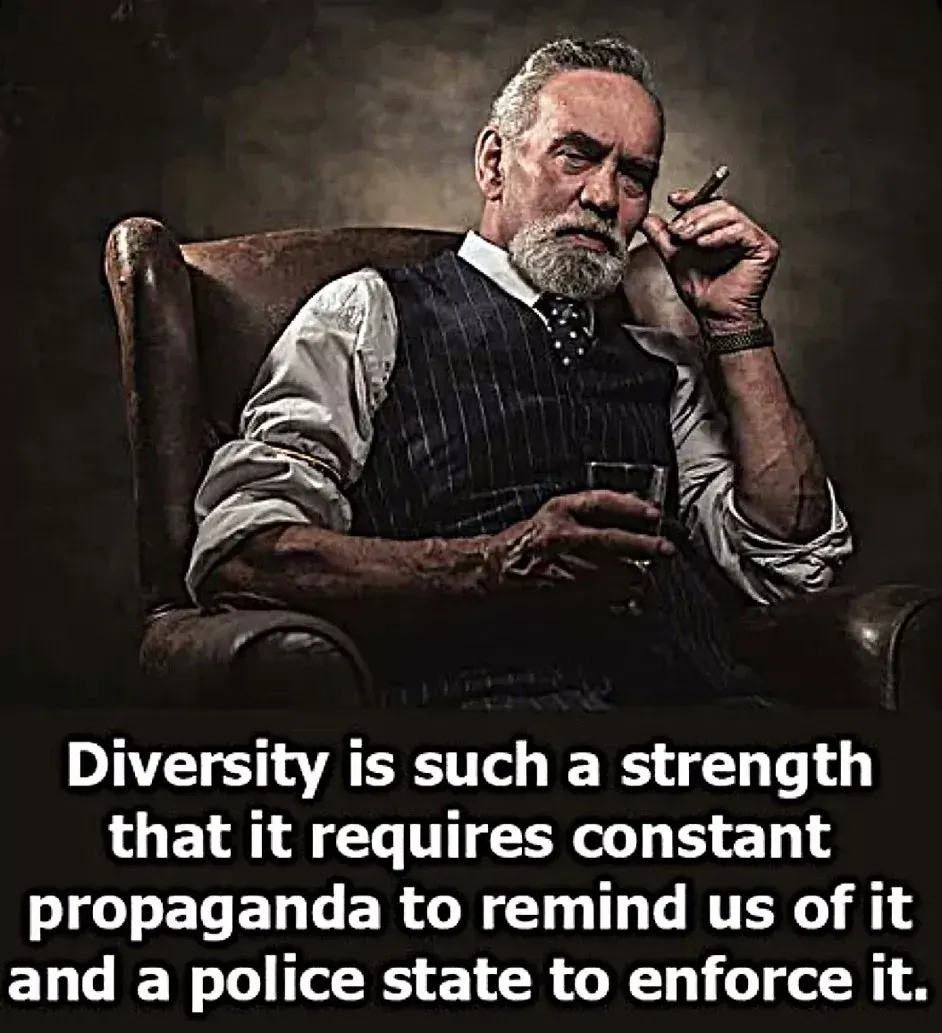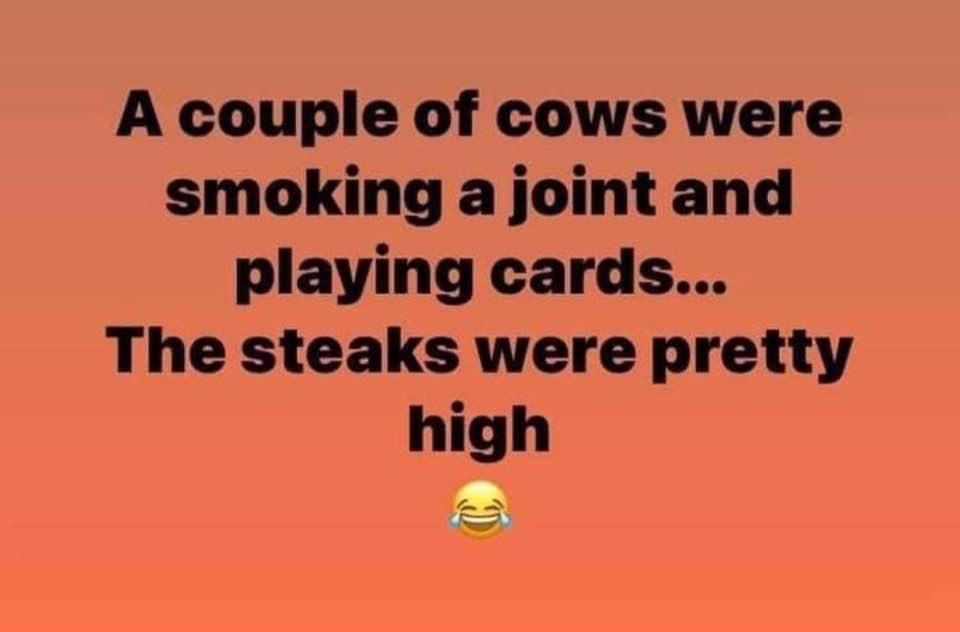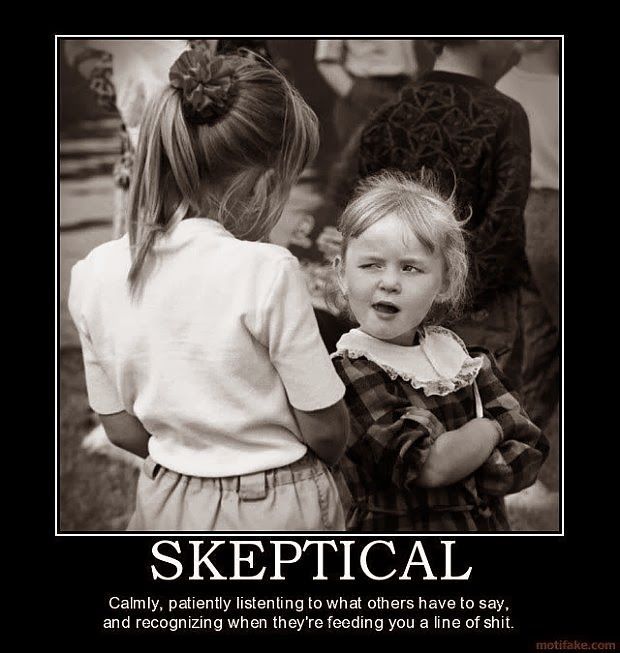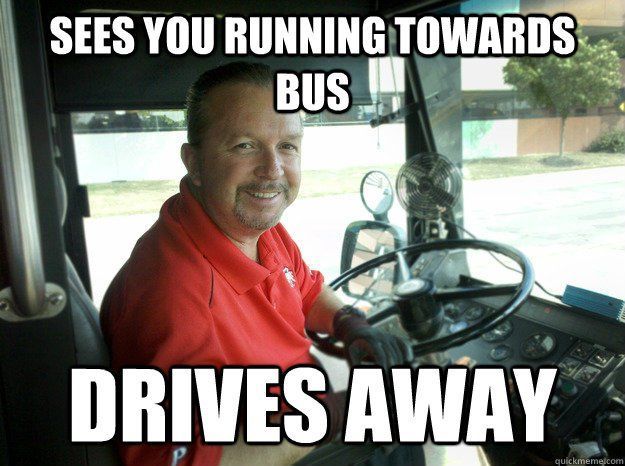The Trajectory That Wasn’t: Why America Isn’t Falling Apart
Conversations with a Fundamentalist Christian

Turn On Fox News Tonight: It's All Going To Hell
That’s what my fundamentalist Christian (Fundy) friend told me the other day. His tone wasn’t angry. It was apocalyptic. It was somewhere between "I told you so," and America has it coming for turning its back on "his" god! As if he’d been watching, anticipating, prognosticating a long, slow car crash of American values, and now without his god, helpless to stop it.
According to him, the country is in a moral nose-dive, Christians are being persecuted, and society is teetering on the brink of collapse.
His evidence?
- A few recent attacks against Christians
- Antifa and other paid protesters, rioters, and thugs rioting primarily in NYC, Chicago, and LA
- A Fox News segment on Christians facing persecution (though “not as bad as the Jews")
I wasn’t buying it.
Not because I think everything’s fine—but because I think panic is a terrible lens for judgment. I’ve seen this pattern before. I've heard the warnings of doom in other decades, from other voices, on other networks.
So I pushed back: Are things really worse? Or do they just feel that way?
This post is a framework for answering that question. It’s not for the terminally angry or the perpetually outraged. It’s for those who still want to know if the wheels are actually coming off—or if we’ve just forgotten how bumpy the road always is.
Selective Outrage and the Bad-News Filter
Let’s start with the obvious: bad news sells.
Fox News knows this. So does MSNBC. So do Facebook, TikTok, X (formerly Twitter), and YouTube. Outrage is the engine that powers clicks. Fear drives engagement. And fear makes money.
The media isn’t necessarily lying to you. It’s doing something more subtle—and more dangerous. It’s curating your sense of reality. Showing you the worst, over and over, until you believe that’s all there is. Not because they hate America—but because it pays.
And your brain? It helps them do it.
Humans are wired with something called negativity bias—a survival mechanism that makes us focus more on potential threats than on positive developments. It’s why one bad review ruins your day, and why you can recall every insult but forget every compliment.
That’s why you know about every crime spike, but haven’t noticed the historic drop in violent crime since the 1990s. It’s why you hear about every controversial school board meeting, but not the millions of kids who go to class every day without drama. It’s why one video of a Target Pride display goes viral—but thousands of functioning, peaceful communities never trend.
The outrage economy feeds your fear. Your brain rewards it. And suddenly, the sky is always falling—even when it isn’t.
Where’s the Good News?
I asked my friend: Why don’t you ever mention the good news?
- Trump just brokered a Middle East peace deal
- A gallon of gas in Colorado cost me $2.69 yesterday!
- Trump dismantled the Department of Education!
- DEI and CRT are dead!
- The Border is secure!
- Trump is deporting illegal aliens - and their criminal compadres- at a record pace!
- Violent crime is down all across America with the exception of poorly run urban poor areas
- The Denver Broncos beat the Eagles!
He had no answer.
Not because he doesn’t care—but because he never hears it. In his curated feed of collapse and decline, hope is almost offensive. It sounds naïve. It sounds unserious.
But that’s not how responsible people judge the state of a nation. For that, you need something more than cable headlines and gut feelings.
You need context. And data.
Don’t Panic—Run the 75-Year Test
If you want to know whether America is truly “going to hell in a hand-basket,” you need to zoom out. Emotional snapshots don’t tell you much. Trends over time do.
Ask yourself:
- Were things more violent in 1968 than now? (Yes)
- Was inflation worse in the 1970s? (Yes)
- Were race relations worse during Jim Crow? (Obviously)
- Were we more divided during the Civil War? (You don’t say…)
We’ve had riots, recessions, scandals, wars, social upheaval, and global threats before. And somehow, each generation managed to survive—and usually emerge stronger.
So what’s different now?
Honestly? Nothing—except maybe the volume. The immediacy. The sense that everything is happening to us right now, all the time.
But the truth?
We’ve had worse.
We’ve survived worse.
We’ve been worse.
This isn’t collapse. It’s turbulence.
Christian Persecution—or Pushback?
This one comes up constantly. “Christians are under attack.”
But let’s look at the facts:
- Christians make up over 63% of the U.S. population.
- Christian holidays are federal holidays.
- Churches receive tax-exempt status.
- The majority of Supreme Court justices are Christian.
- There are zero laws banning Christianity in public or private life.
- The President of the United States regularly invokes God in public speeches.
So what’s really happening?
Christians aren’t being persecuted. They’re being challenged. And often, it’s when trying to impose personal beliefs into public policy—on abortion, education, LGBTQ rights, or censorship.
Disagreement isn’t oppression. Pushback isn’t persecution. Losing cultural dominance isn’t the same as losing religious freedom.
If your definition of freedom is that no one else gets to live differently than you, that’s not faith. That’s authoritarianism wrapped in theology.
5 Questions to Detect Doom Delusion vs. Societal Flux
So how do you tell the difference between a real societal breakdown and just another round of change?
Here’s a diagnostic. Five questions. Use them anywhere—news stories, sermons, political rants, family dinners.
1. What Does the Long-Term Data Say?
Don’t cherry-pick headlines. Look at decades of trends.
Crime is down
Medicine is better
Standards of living are higher
Yes, we have problems—drug overdoses, inflation, homelessness—but many of them are localized, policy-driven, or cyclical, not signs of total collapse.
2. Who’s Selling the Hysteria?
Ask: Who benefits from your panic?
Is it a news network? A political campaign? A preacher raising money for "spiritual warfare"? Someone profits from your fear.
Cable news? Clickbait sites? Politicians running on outrage? There’s almost always a dollar sign at the end of the doomsday sentence.
3. Is This Persecution or Just Pushback?
Being told you can’t force others to live by your religious beliefs isn’t persecution. It’s pluralism. It’s what freedom looks like.
A loss of privilege can feel like persecution—but it’s not the same. The world isn’t ganging up on Christians. It’s just widening the table.
4. Haven’t We Always Thought It Was the End?
Let’s review:
- 1962: The Cuban Missile Crisis.
- 1968: Political assassinations and race riots.
- 1973: Gas lines, Watergate.
- 2001: 9/11.
- 2008: Financial collapse.
- 2020: Pandemic and mass protest.
Every decade feels like the last gasp of something.
Spoiler: It’s not.
We adapt. We argue. We rebuild. This is what democracy looks like—messy, loud, and full of conflict.
5. Is This Fulfilling a Psychological Need?
This one is uncomfortable. But it’s crucial.
Some people want to believe the world is ending. It gives them purpose. It validates their frustration. It turns them into a misunderstood prophet in a fallen world.
Apocalyptic thinking isn’t just theology. It’s therapy. It explains your anxiety. It justifies your anger. It makes you feel righteous in a world of sin.
But that doesn’t make it true.
Why This Matters
If we surrender to hysteria, we give up on reality. And if we give up on reality, we can’t fix anything. Because you can’t solve problems in a world you’ve already decided is unsalvageable.
Do we have problems? Absolutely.
- Political polarization is real.
- Cultural tension is real.
- Media distortion is real.
- Economic stress is real.
But those are challenges—not omens.
If you want to rebuild the moral fabric of society, start by being honest. Honest about what’s broken. Honest about what’s working. Honest about the difference between facts and feelings.
Because here’s the truth:
We don’t need to “take back” America.
We need to wake up to the fact that we never lost it.
What we lost is perspective.
References
- Pew Research Center. (2021). Religious Landscape Study.
- Bureau of Justice Statistics. (2023). Crime trends since 1993.
- Gallup. (2022). State of the Global Workplace.
- FBI Uniform Crime Reports. (2024).
- U.S. Census Bureau. (2023). Demographic trends in the United States.
Disclaimer:
The views expressed in this post are opinions of the author for educational and commentary purposes only. They are not statements of fact about any individual or organization and should not be construed as legal, medical, or financial advice. References to public figures and institutions are based on publicly available sources cited in the article. Any resemblance beyond these references is coincidental.











